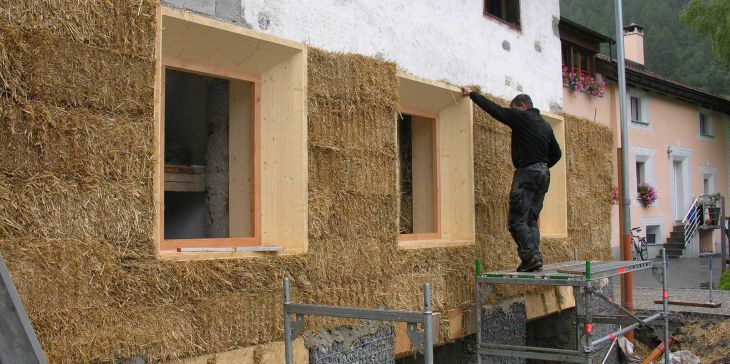At ETH Zurich, the Department of Civil, Environmental and Geomatic Engineering has spent years researching this topic. A recent study by Guillaume Habert, Professor of Sustainable Construction, and Bruno Sudret, Professor of Risk, Safety and Uncertainty Quantification, supplies some new answers. This study was produced in collaboration with the University of Applied Sciences and Arts Western Switzerland (Yverdon) and Chalmers University of Technology (Gothenburg). It was published on 13 March 2024 in the journal Nature Communications.
Replacement heating and insulation
The study focuses on six buildings that have remained largely unrenovated since they were first built between 1911 and 1988. These specific buildings were selected to provide a representative sample of all Swiss buildings. For each of these properties, the researchers calculated the volume of greenhouse gas emissions that would result from a variety of renovation measures over the course of a 60-year building life cycle (from the time of the renovation). One aspect the researchers examined was replacing the existing heating system with one powered by gas, wood pellets, or a heat pump. Another was installing layers of insulation of different thicknesses – both using conventional insulation materials (EPS, fibreglass, mineral wool, cellulose fibres) and insulation materials made from fast-growing plants (straw, hemp).
Factoring in the building material is important because the different manufacturing processes vary greatly in terms of their energy needs and therefore also in the amount of greenhouse gas emissions they cause. “CO2 emissions from the manufacture of conventional insulation materials can be very high, sometimes high enough to cancel out the positive effects they have on energy consumption when used in the renovation of a building,” Habert says. Building materials made from renewable raw materials are responsible for much lower greenhouse gas emissions. Moreover, they offer the added bonus of absorbing CO2 from the atmosphere while they grow and storing it long-term in the building.














